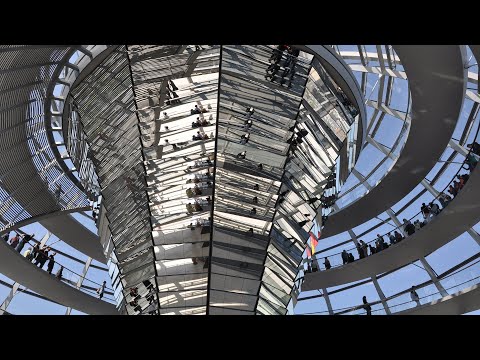
Berlin, the capital of Germany, stands as a vibrant metropolis that seamlessly integrates its rich historical past with a dynamic and progressive present. Known for its significant role in world history, flourishing arts scene, and lively culture, Berlin attracts millions of tourists each year, making it one of Europe’s most fascinating destinations.
### Historical Significance
Berlin’s history is as complex as it is captivating. The city played a central role during pivotal moments such as World War II and the Cold War. The remnants of these eras are still visible today and serve as poignant reminders of the past. Perhaps the most famous historical landmark is the Berlin Wall. Erected in 1961 during the Cold War to separate East and West Berlin, much of it was torn down in 1989, but sections remain preserved as a memorial to the hardships endured during this period.
Another significant site is the Reichstag building, home to the German parliament or Bundestag. Its glass dome, designed by architect Sir Norman Foster, symbolizes transparency and offers panoramic views of the cityscape. Nearby stands Brandenburg Gate, an iconic symbol of unity and peace.
### Cultural Vibrancy
Berlin is renowned for its artistic vibrancy. The city boasts over 170 museums, including Museum Island—an UNESCO World Heritage site that hosts five internationally significant museums including the Pergamonmuseum with its antiquities collections and the Neues Museum which houses Egyptian artifacts like the Bust of Nefertiti.
The city’s creative life extends beyond museums; it thrives on its streets through public art installations and graffiti that often convey political messages or simply celebrate beauty. Each year Berlin hosts various cultural festivals like Berlinale—one of the largest international film festivals—and Carnival of Cultures which celebrates diversity.
### Culinary Delights
Berlin’s culinary scene reflects its multicultural population. From traditional German dishes such as Currywurst—a fast-food delicacy consisting of steamed then fried pork sausage cut into slices and seasoned with curry ketchup—to Döner Kebab introduced by Turkish immigrants, there’s no shortage of unique dining experiences. Additionally, there are numerous international restaurants offering everything from Vietnamese to Italian cuisine.
The city also has a thriving café culture where locals spend hours sipping coffee while enjoying pastries or engaging in philosophical discussions—a testament to Berlin’s relaxed lifestyle amidst its buzzing urban environment.
### Nightlife and Lifestyle
Berlin’s nightlife is arguably one of Europe’s most dynamic. The city comes alive at night with clubs like Berghain drawing visitors from around the world with its electrifying techno beats. For those seeking a more laid-back evening, there are countless bars where one can enjoy German beers or cocktails.
Despite its bustling nightlife and cultural density, Berlin remains one of Europe’s greenest cities with numerous parks like Tiergarten offering urban escapes where residents can relax or engage in recreational activities such as biking or jogging.
### Economic Hub
As Germany’s economic powerhouse alongside Frankfurt, Berlin plays a crucial role economically not just within Germany but across Europe too. It has become an entrepreneurial hub attracting startups especially in tech sectors due to favorable business policies and an excellent support network for new businesses.
### Conclusion
Whether drawn by history lessons etched into architectural marvels or captivated by contemporary cultural expressions; whether intrigued by gastronomic adventures or eager for thrilling nightlife; whether relocating for economic opportunities or simply visiting—Berlin promises an enriching experience for everyone who walks its streets. With its mix of historical depth and contemporary buzz, it is little wonder that Berlin continues being one of Europe’s most appealing capitals.
